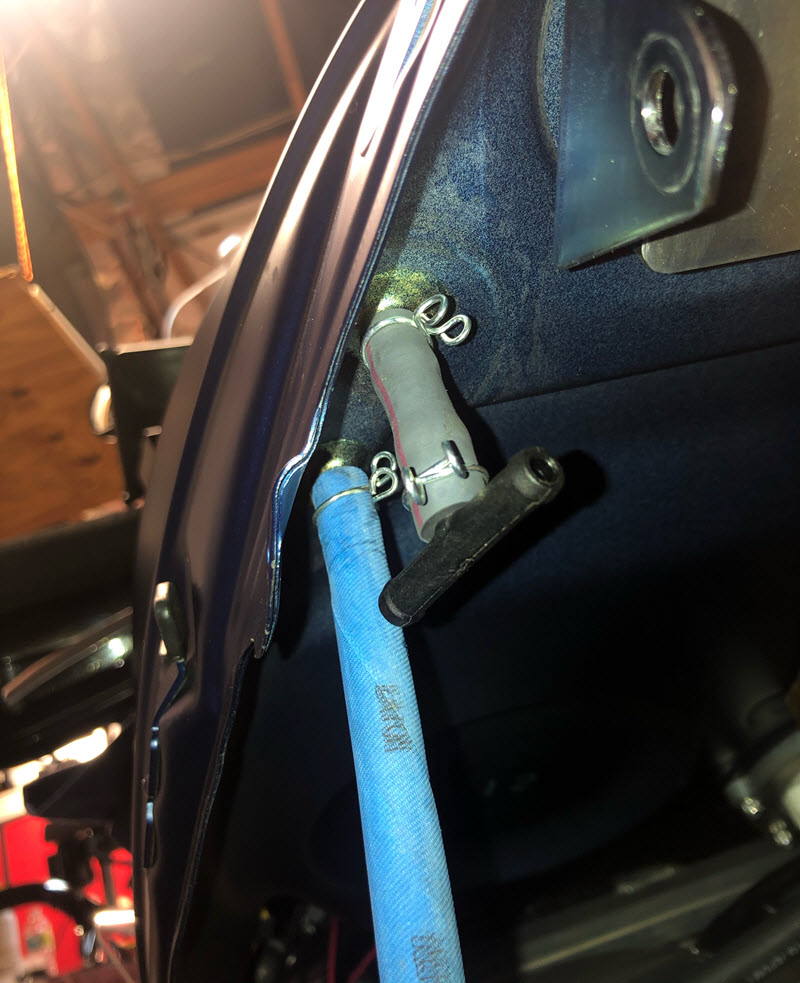dem
New member
I had a vacuum draw aux tank on my old BMW, and had issues with it randomly not draining. Usually rides starting out at <40F, then riding into 80-110F (ie, california desert/death valley/etc.) And yes, I added a double vent and even removed the tip-over blocker.
This was very disheartening as I couldn't trust the tank. I ended up carrying a siphon kit just in case. I think I'll be going gravity or pump for the FJR.
This was very disheartening as I couldn't trust the tank. I ended up carrying a siphon kit just in case. I think I'll be going gravity or pump for the FJR.



















































